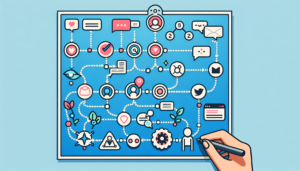In today’s fast-paced digital landscape, delivering stellar customer support is more critical than ever. Zendesk, a leading customer service platform, offers a multitude of features that can help organisations enhance their customer support and satisfaction. However, to get the most out of Zendesk, businesses must strategically utilise its comprehensive suite of tools and functionalities. This article explores essential tips and strategies for maximising Zendesk’s capabilities.
Optimise Your Zendesk Setup
First and foremost, setting up Zendesk effectively is crucial to ensuring your team can perform at its best. Begin by customising the dashboard to meet your team’s needs; for instance, ensuring agents have easy access to frequently used tools. Personalisation can significantly improve efficiency and reduce ticket resolution times.
Consider dividing your agents into specialised teams, each focusing on specific issues or product areas. According to industry data, specialised teams can increase resolution speed by up to 20% due to their focused expertise. This setup not only streamlines the workflow but also enhances the quality of assistance your customers receive.
Leverage Automation and AI
Automation is one of Zendesk’s most powerful features. By using automated workflows and triggers, you can streamline repetitive tasks, allowing your agents to focus on more complex customer inquiries. Use Zendesk’s AI capabilities to implement chatbots for handling straightforward customer queries, thereby reducing the load on your human agents.
For example, a retailer could use Zendesk’s AI to automate responses to common queries about order statuses and return policies, freeing up time for agents to handle more complex customer concerns. This strategic use of AI and automation can significantly reduce response times and improve customer satisfaction scores.
Implement Self-Service Options
Many customers prefer to resolve their issues independently before reaching out for support. Zendesk’s help centre and community forum features give customers the tools they need to help themselves. Create a robust knowledge base with articles, FAQs, and video tutorials tailored to your customers’ most common questions.
Empowering your customers through self-service can reduce incoming tickets by as much as 25%. In addition, providing a well-maintained self-service portal can enhance customer satisfaction by giving them a sense of control and immediate resolution to their problems.
Monitor and Analyse Metrics
To continuously improve your customer support, it is essential to harness the power of Zendesk’s analytics. Use reporting features to track key performance indicators (KPIs) such as ticket volume, first-response time, and customer satisfaction ratings. Analysing these metrics can help identify areas for improvement and map out strategic initiatives.
Regular reports allow you to adjust your strategies to meet your team’s goals and ensure a consistent quality standard. For example, if analysis shows a peak in tickets related to a particular issue, consider ramping up documentation in your help centre or offering specialised training to your agents.
Enhance Collaboration with Integrations
Zendesk’s ability to integrate with other tools your teams already use is integral for seamless operations. Synchronise Zendesk with CRM systems or project management solutions to maintain a single source of truth and improve collaboration between departments. Integrations with communication platforms like Slack or Microsoft Teams can also improve inter-team communication and resolution efficiency.
For instance, connecting your CRM to Zendesk can allow sales teams to flag customer inquiries that might impact pending deals and ensure coordinated responses. A holistic approach that leverages integrations can streamline processes across the organisation and improve overall customer satisfaction.
Utilise Customer Feedback
Zendesk allows you to gather feedback directly from your customers through satisfaction ratings and surveys. Make the most of this feature to actively listen to your customers’ needs and preferences. Use the feedback to identify strengths and weaknesses in your support strategy and make data-driven improvements.
Customer feedback can also inspire proactive approaches. If feedback consistently points to difficulties understanding a particular feature of your product, consider holding a webinar or creating educational content specific to this feature. Through regular assessment of customer opinions, you can refine your approach and enhance the customer experience.
Provide Training and Support for Your Team
To truly maximise Zendesk’s offerings, it is important to continually invest in the training of your customer support team. Ensure your agents are comfortable with the platform’s functionalities and are aware of any new features or updates. Utilise Zendesk’s training materials and consider setting up regular workshops or training sessions for your agents.
A well-informed team is empowered to use their tools proficiently, ultimately improving customer support outcomes. Consistently skilled agents can better navigate complex queries and use the platform to its full potential, ensuring your customers receive the highest standard of support.
In conclusion, optimising Zendesk for your company’s specific needs can lead to significant improvements in customer service efficiency and satisfaction. By setting up your Zendesk instance thoughtfully, leveraging automation and AI, empowering customers with self-service, and embracing analytics, your business can offer unparalleled support experiences. Integrating Zendesk with other business tools, actively using customer feedback, and prioritising team training are all best practices that will help ensure you maximise your Zendesk use.
If you are looking to enhance your customer support operations, consider exploring how Pineo can assist your business in implementing these strategies for Zendesk and beyond. Pineo’s expert guidance can help transform your customer service efforts, ensuring you delight your customers at every interaction.





